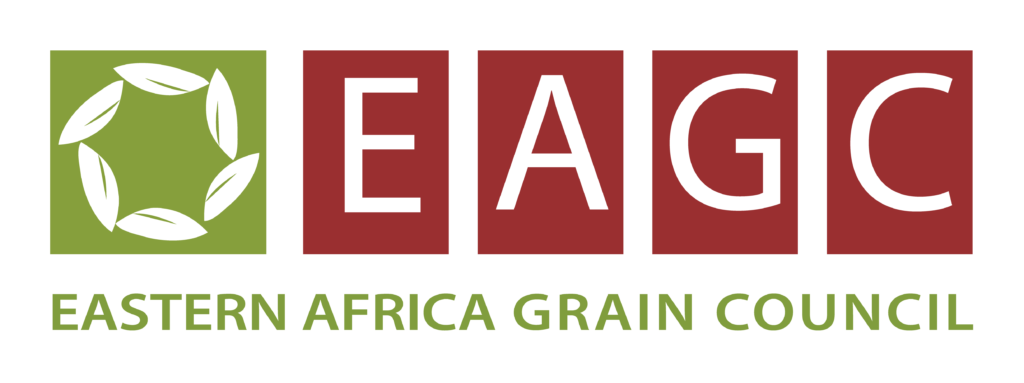EAGC in collaboration with the North American Export Grain Association (NAEGA) carried out research to produce the Grain and Oilseed Market Access Index (GOMAI) report for Eastern Africa for the year 2021. The study focused on 3 main commodities: corn, wheat and soybeans.
The GOMAI report is an annual publication by NAEGA that documents and tracks changes in market access conditions affecting U.S. grain and oilseed commodities in various international markets. In Eastern Africa, the report focuses on 7 countries ; Burundi, Kenya, Malawi, Rwanda, Tanzania, Uganda and Zambia. This is the first-time market access conditions have been assessed in 6 of these countries (all except Kenya), and will feed into the wider 2021 GOMAI report.
The index assesses 3 categories of trade instruments: (i) Tariff measures (ii) Quantity measures (iii) Technical and procedural measures. Besides the market access index, the report also assesses the existing challenges and opportunities in grain trade as well as potential U.S. market access in the 7 countries and opportunities for partnership.
The study survey whose respondents were value chain players, sought to rate the three categories of market access barriers according to the existing GOMAI metrics of 1. Price measures: Tariffs, import fees, excessive taxes. 2. Quantity measures: quotas, import licenses, monopoly purchasers. 3. Technical or procedural measures: that make trade more difficult, more expensive, riskier such as customs procedures, sanitary and phytosanitary regulations, corruption
The survey also sought respondents’ take and recommendations on education gaps, investment opportunities, policy gaps in agriculture and trade agreement opportunities. Secondary sources of data for the report included EAGC’s Regional Agricultural Trade Intelligence Network (RATIN), Famine and Early Warning Systems Network (FEWSNET), Food and Agriculture Organization (FAO), among others.
While the report acknowledges strong trade linkages between Eastern African countries owing to difference in comparative advantage in agricultural production and the crop calendar, the report identified 5 main challenges that undermine grain trade relationships within Eastern Africa :
- Unstructured government participation in markets
- Periodic ad-hoc trade restrictions (and bans)
- Cumbersome procedural requirements for trade
- Weak implementation of standards
- Resistance to biotechnology
The report has further identified 5 main areas of opportunities for either policy reforms, attracting investments or advancing trade relationships for corn, soy and wheat crops:
- Use of dried distillers grains with soluble (DDGS) in animal feed production
- Policy engagements/dialogue on biotechnology regulation
- Addressing data and information gaps to inform trade-enabling policy decisions
- Addressing capacity building needs among value chain players in the region. EAGC has identified 3 areas of potential collaboration to address capacity gaps in grain value chains in Eastern Africa:
- Strengthening industry self-regulation to improve regulation of grain value chains
- Technology transfer for production, handling and trading of grain commodities by facilitating adoption of best practices from the U.S.
- Facilitating access to more affordable grain testing and quality control tools

